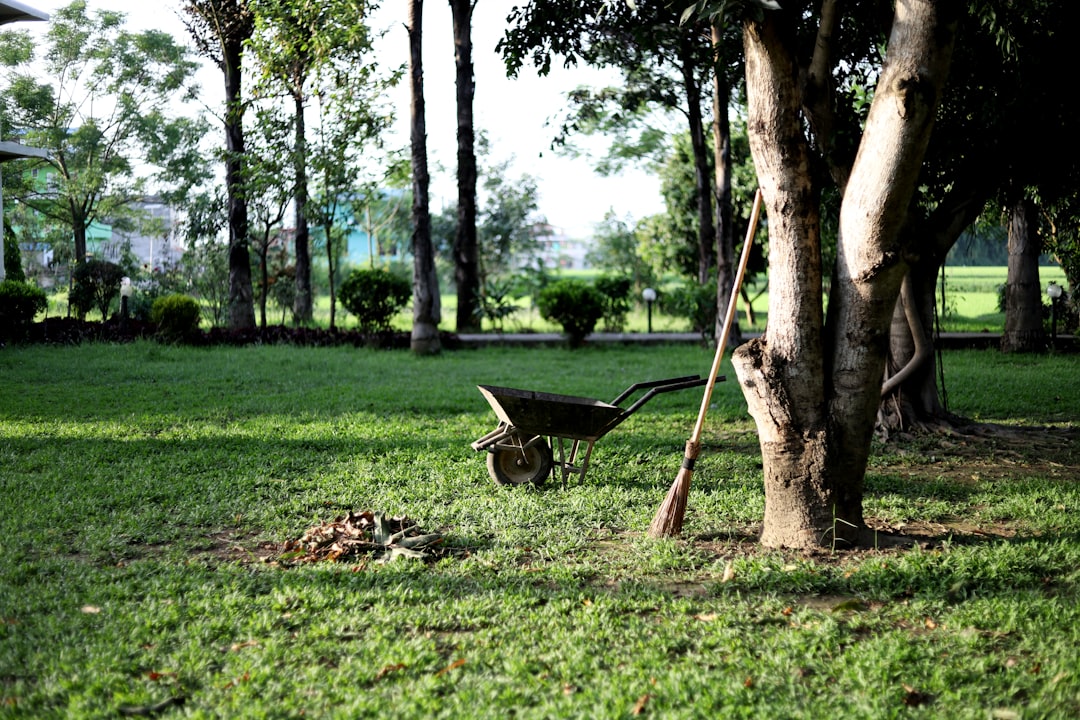Bees are incredibly important pollinators in our ecosystem. They play a crucial role in the pollination of flowers, fruits, and vegetables, helping plants to reproduce and produce the food we rely on. Unfortunately, bee populations have been declining in recent years due to habitat loss, pesticide use, and disease. As gardeners, we can do our part to help attract bees to our gardens and provide them with a safe and healthy environment to thrive in. Here are 5 ways to attract bees to your garden:
1. Plant a variety of flowers
Bees are drawn to flowers for their nectar and pollen, which they use as a food source. By planting a diverse range of flowers in your garden, you can attract a wide variety of bee species. Bees are attracted to brightly colored flowers with a strong fragrance, such as lavender, sunflowers, and daisies. They are also drawn to flowers that have a high nectar content, such as bee balm, coneflowers, and zinnias.
When planning your garden, be sure to include flowers that bloom at different times throughout the year. This will ensure that bees have access to food sources all year round. Additionally, planting flowers in clusters or groups can help bees easily locate and access the nectar and pollen they need. Avoid using hybrid or double-flowered plants, as they often produce less nectar and pollen than their wild counterparts.
2. Provide a source of water
Bees need water to survive, especially during hot summer months. By providing a source of water in your garden, such as a shallow dish or a bird bath filled with fresh water, you can attract bees and other beneficial insects. Bees use water for various purposes, including cooling their hives, hydrating themselves, and diluting honey for feeding larvae.
To make the water source more bee-friendly, you can add floating objects or rocks to provide bees with a landing pad. Be sure to clean and refill the water source regularly to prevent the growth of algae and bacteria. Placing the water source near your flower beds will make it easier for bees to find and access it while they are foraging.
3. Create habitat for bees
Bees need a safe and sheltered environment to nest and raise their young. By creating habitat features in your garden, such as bee houses, bee hotels, and nesting sites, you can provide bees with a place to rest, lay eggs, and rear their offspring. Bee houses are typically made from natural materials, such as bamboo tubes, hollow stems, or wooden blocks with holes drilled into them.
You can also create nesting sites for ground-nesting bees by leaving patches of bare soil or sandy areas in your garden. Bees will dig tunnels and create nests in the soil, where they will lay their eggs and store food. Avoid using pesticides and herbicides in your garden, as they can harm bees and other beneficial insects. Instead, opt for natural pest control methods, such as companion planting, crop rotation, and mulching.
4. Avoid using synthetic pesticides
Synthetic pesticides are harmful to bees and can have a devastating impact on their populations. Many pesticides are toxic to bees and can cause bee colonies to collapse or die off. By avoiding the use of synthetic pesticides in your garden, you can create a safe and healthy environment for bees to forage and thrive in.
Instead of using synthetic pesticides, opt for natural pest control methods, such as neem oil, insecticidal soaps, and biocontrol agents. These methods are less harmful to bees and other beneficial insects while effectively controlling pests in your garden. You can also encourage natural predators, such as ladybugs, lacewings, and predatory wasps, to help keep pest populations in check.
5. Provide a diverse range of food sources
Bees require a diverse range of food sources to meet their nutritional needs. In addition to nectar and pollen from flowers, bees also feed on other food sources, such as fruits, vegetables, and sap. By planting a variety of flowering plants, fruits, and vegetables in your garden, you can provide bees with a well-rounded diet that will help them stay healthy and strong.
Incorporate bee-friendly plants in your garden that produce nectar and pollen-rich flowers, such as herbs, vegetables, and fruit trees. Bees are particularly fond of plants in the mint, carrot, and sunflower families, as well as plants with tubular-shaped flowers that are easy for bees to access. By providing bees with a diverse range of food sources, you can help support their populations and ensure their continued survival.
In conclusion, attracting bees to your garden is not only beneficial for these important pollinators but also for the health and success of your plants. By planting a variety of flowers, providing a source of water, creating habitat features, avoiding synthetic pesticides, and providing a diverse range of food sources, you can create a bee-friendly garden that will attract and support bees for years to come. By doing your part to help bees thrive, you are contributing to a healthier and more sustainable ecosystem for all living organisms.


